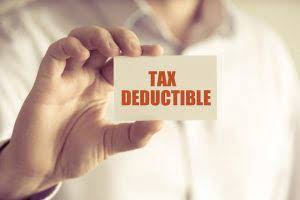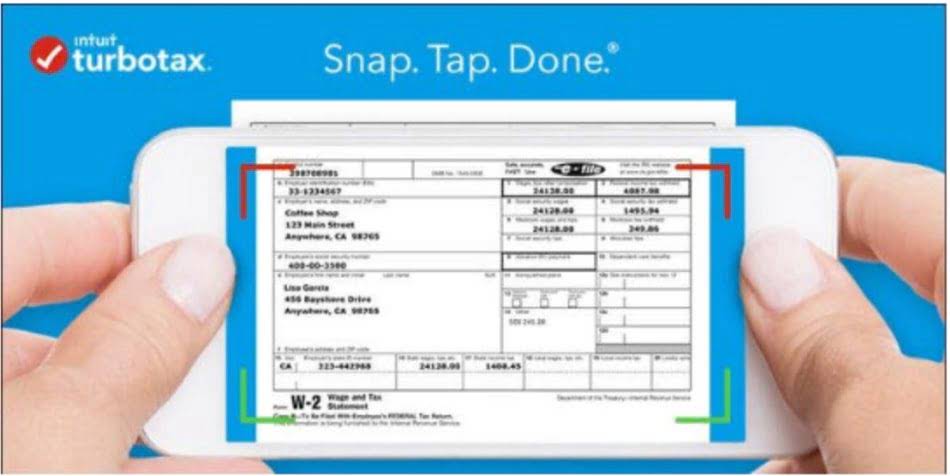
The card verification value (CVV) and expiration dates are additional numbers on credit cards. They add an extra layer of security, especially for transactions when the card is not present (for example, when making an online purchase). Because no two financial institutions share all of the identifying information listed above, every routing number is unique. In most cases, there are three sets of numbers at the bottom of a check, and your account number is the one in the middle. Some checks use a different format, so it’s a good idea to confirm your account number. For example, business checks and checks created by an online bill payment system have a slightly different format.

Financial institutions may also utilize two-step verification, multi-factor authentication, and other security procedures to safeguard account numbers against fraud. This article will examine the precise origins and significance of these numbers. I will discuss how to locate them and the distinctions among frequently used numbers, including account, routing, and credit-card numbers. Austin has been working with Ernst & Young for over four years, starting as a senior consultant before being promoted to a manager.
List the two steps for opening an account.
Knowing your ABA routing and account numbers is important if you need them for financial transactions. But as with any other financial information, keeping your details safe is describe the two parts of an account number important. Your account number tells the bank where to add or deduct money when transactions are posted. For that reason, keeping your bank account numbers secure is important.
- If you sign an otherwise blank check and lose track of it, whoever finds it can put whatever they want in those empty spaces.
- Rebecca Lake is a certified educator in personal finance (CEPF) and a banking expert.
- Due to the increase in identity theft and fraud, it is important to actively protect your bank account number and other banking information.
- Remember, if there’s any difference between the dollar box and the amount written in words, the bank is supposed to ignore the dollar box.
- A paper check’s account number is a 5-17 digits string in the bottom right-hand corner.
The arrangement system dates back to 1910 when it was developed to ease the sorting of checks before assigning them to the correct owners. The account number is used in the same function to make payments to the correct party. However, the check number can sometimes be switched with the account number. In the case of a paper check, the account number is normally indicated at the bottom between the routing number and check number. The first group of numbers, from left, indicates the 9-digit routing number, the middle is the account number, while the third group is the check number. This way you can compare the performance of different accounts over time, providing valuable insight into how you are managing your business’s finances.
Your Bank’s Contact Information
It’s an integral part of your financial identity, connecting you with a global network of banking services. At one time, account numbers were the state of the art in securing and authenticating financial accounts. But increasingly, especially when compared with other technologies, they have become a source of errors, friction, and fraud. The clearinghouse is the designated financial intermediary that validates and finalizes transactions between a buyer and a seller.
- If you have checking accounts at two different banks, each account would have a unique account number and each bank would have a unique routing number.
- The routing number, found at the bottom left of your check, serves as an “address” for your bank.
- Items such as credit card accounts, sales receipts, or gym memberships come with account numbers.
- For example, business checks and checks created by an online bill payment system have a slightly different format.
- It is issued to the payment processor and used to route transaction authorization requests to the appropriate owner.
The table below reflects how a COA typically orders these main account types. It also includes account type definitions along with examples of the types of transactions or subaccounts each may include. The routing number, found at the bottom left of your check, serves as an “address” for your bank. With that number, other banks can get in touch with your bank and collect funds from your account when you write a check. The traditional check layout applies to most personal checks, but some business checks and bank-printed checks have other formats.
ABA Routing Number (MICR Format)
A teller should be able to provide your bank’s transit ABA routing number over the phone, in person or at the drive-through window. You may be able to find this number right on the homepage of the bank’s website. If not, log in to your account online or mobile banking app to find the routing number.
Regardless, the security-enhancing measures are not completely impenetrable. For example, hackers can still gain unauthorized access to accounts when they get authentication elements. The routing number on a check indicates the location of the account.
What is an account number?
Each of the below sections corresponds to an important part of this blank check. Others have interesting quirks that are unique to check-writing, such as writing out dollar amounts with words. You can find your bank account number on your monthly bank statement, or by visiting a branch of your bank. Be prepared to provide proof of identity to verify your status as the account owner first. This may mean supplying your Social Security or driver’s license number or answering one or more security questions.
Annual Information Statement (AIS) – How to Check, Password Format, Features, Benefits – ClearTax
Annual Information Statement (AIS) – How to Check, Password Format, Features, Benefits.
Posted: Tue, 26 Mar 2024 07:00:00 GMT [source]
It is used internationally and for money transfers that cross national borders. SWIFT codes are often used when initiating wire transfers both from another country to the U.S. and from a U.S. bank to one in another country. An account number, on the other hand, is used jointly with the routing number to identify a customer’s digital account.


